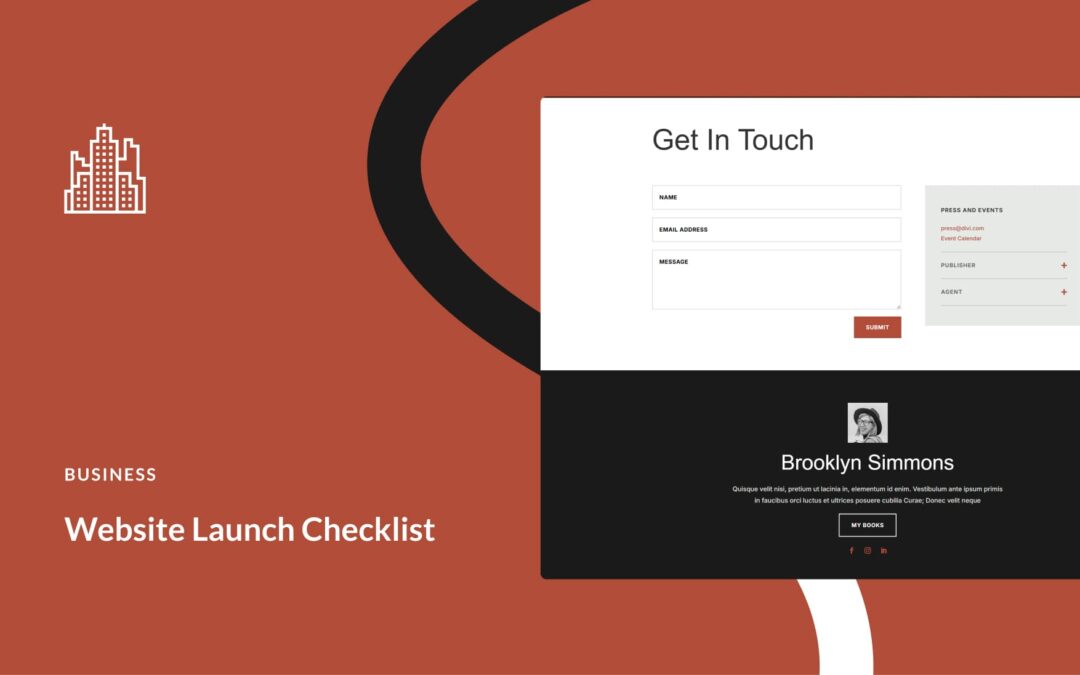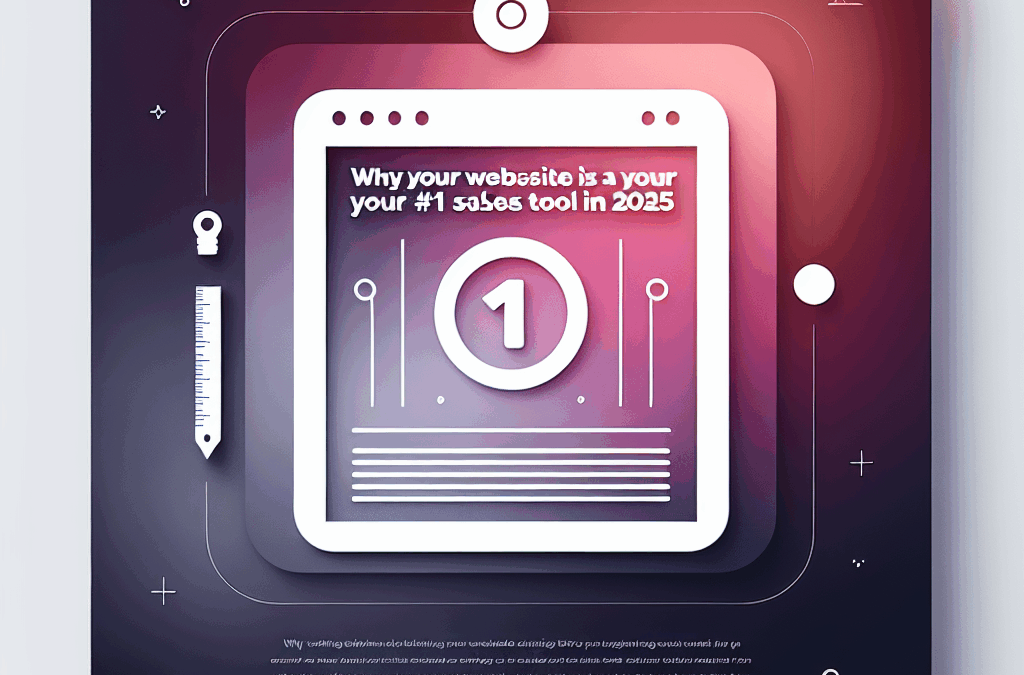At Ericks Webs Design, we understand that your business is unique and deserves to shine online. In South Texas, where small businesses thrive, telling your business story effectively on your website is crucial to connect with your audience and stand out in a competitive market. Whether you’re just starting or looking to improve an existing site, this guide will help you weave your narrative into your web presence, making it more relatable and engaging for your visitors.
Why Your Business Story Matters
Your business story is more than just a summary of what you do; it’s a narrative that embodies your values, mission, and vision. It helps establish an emotional connection with your audience, making them more likely to trust and engage with your brand. Think about local Texas businesses like Paleteria la Chiquita or La Grulla, whose tales of heritage and hard work resonate deeply with their customers. Their stories draw people in and compel them to support local.
Section 1: Identify Your Core Values
Before you start writing, it’s essential to define your core values. What drives your business? Why did you start it? For example, if you run a bakery in McAllen, your story might revolve around a family tradition of baking passed down through generations. Capture that essence.
- Tip: Use personal anecdotes. Share why baking is important to you or how you decided to start your business. This personal touch can create an inviting atmosphere.
Section 2: Know Your Audience
Understanding your target audience is crucial in tailoring your message. Are you targeting young families looking for fresh produce, or recent college graduates needing affordable design services? When you know who you’re speaking to, you can shape your story to resonate with them.
For instance, a local coffee shop in Pharr might focus on being a cozy hangout spot for students, emphasizing a welcoming atmosphere alongside high-quality coffee. Include phrases and terms that your audience connects with to make them feel at home when they visit your site.
Section 3: Crafting Your Narrative
Once you’ve identified your core values and your audience, it’s time to craft your narrative. Here’s how:
-
Start with Your Origin: Share how your business began. Was it a dream, a need in the community, or a gap in the market?
-
Highlight Your Journey: Talk about any obstacles you’ve faced and how you overcame them. This aspect humanizes your business and establishes authenticity—essential features that customers identify with.
- Invite Engagement: Write in a conversational tone. Make it feel like a storytelling session where visitors can imagine sitting at a café discussing their thoughts.
For example, if you own a local auto repair shop, share a story of a customer who came in distressed due to car troubles and how your team turned a stressful experience into a positive one.
Section 4: Visual Storytelling
Incorporate visuals into your narrative. Our brains process visuals faster than text, and engaging images can leave a lasting impression. Consider using:
- Photos: Pictures of your team in action, your products, or your workspace can provide a glimpse into your business life.
- Videos: A short clip where you introduce your team or showcase your processes can make your storytelling more dynamic.
A landscape of business owners in South Texas who show off their local culture through visuals could significantly enhance the relatable content aspect and build a community feel.
Section 5: Call to Action
Your business story should conclude with a compelling call to action (CTA). Encourage visitors to engage further, whether that’s signing up for a newsletter, following your social media channels, or—most importantly—contacting you directly for your services.
At Ericks Webs Design, we invite you to let us help you polish your narrative and enhance your online presence. Schedule a free consultation with us today to discover how we can bring your business story to life digitally.
Conclusion
Telling your business story on your website is not just about filling space; it’s about forging connections with your audience. Embrace your unique background, inspire your customers, and provide a genuine glimpse into what makes your business stand out.
By identifying your core values, understanding your audience, crafting a compelling narrative, using visuals strategically, and ending with a strong CTA, you can transform your website into a powerful storytelling platform.
If you’re ready to make your business shine online, reach out to Ericks Webs Design, where we’re passionate about helping South Texas entrepreneurs like you succeed.
Call to Action: Ready to enhance your online presence? Contact us for a free consultation and let’s elevate your business story together!
Branding










